KION AQUA
Introduction
In rural India, people walk miles to collect water, fill their pots, and bring it home. But after all this effort, there is one big question: Is this water safe to drink? Unfortunately, contaminated water causes serious health problems, and most current solutions, water purifiers, can change water quality but don’t prevent unsafe water from being consumed in the first place.
Situation in Rural India
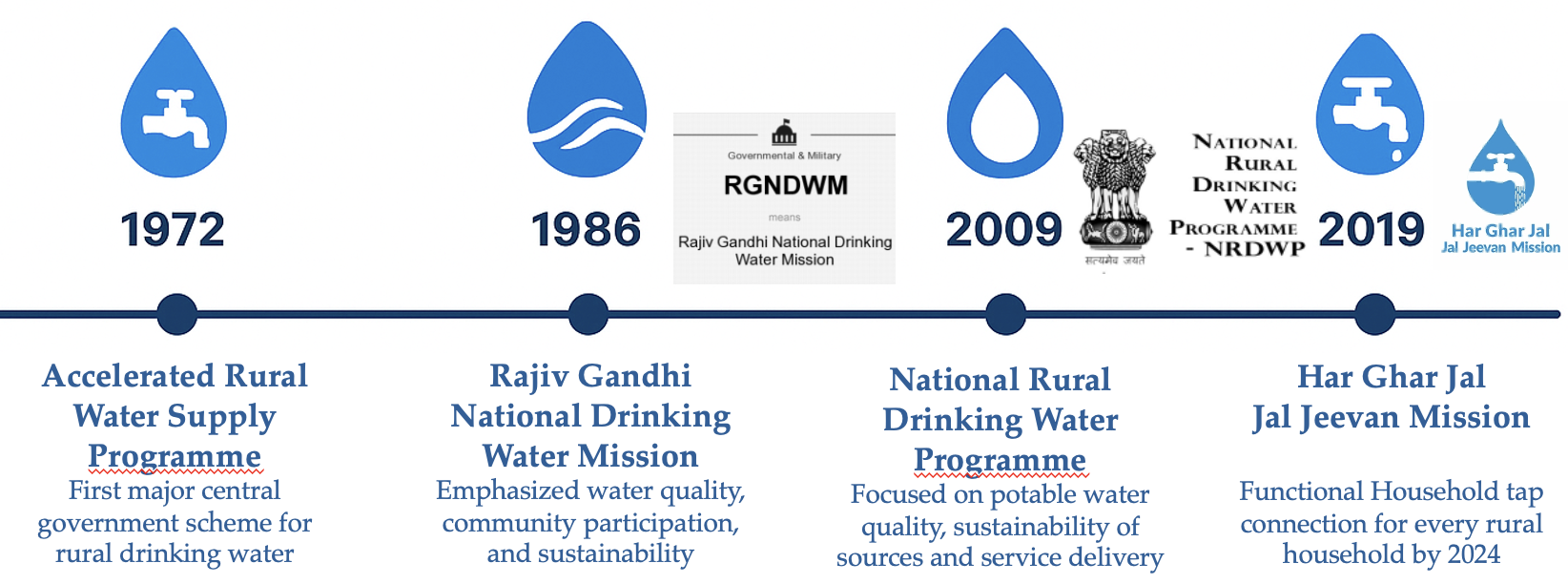
A lot of organizations and companies were trying to improve the water security problem. Taking the National Rural Drinking Water Programme (NRDWP) for example. This program only able to reach 44% of its target coverage1. There were five reasons, insufficient community ownership, inadequate attention to Operation & Maintenance, weak institutional arrangements, financial unsustainability, and technical deficiencies2. The same programs such as Accelerated Rural Water Supply Programme (ARWSP)3 and Rajiv Gandhi National Drinking Water Mission4 also suffering from the same shortcomings. In addition, Jal Jeevan Mission also tried to address these concerns by improving its sustainability while also facing breakdowns and service interruptions. The repetitive pattern of introducing new technologies and failing will eventually bring households to the situation even may worse than before. They might return to traditional way to draw water, increasing health risks, losing trust in governments initiated programs, decrease in community participation, of trust in government programs and decreased community participation.
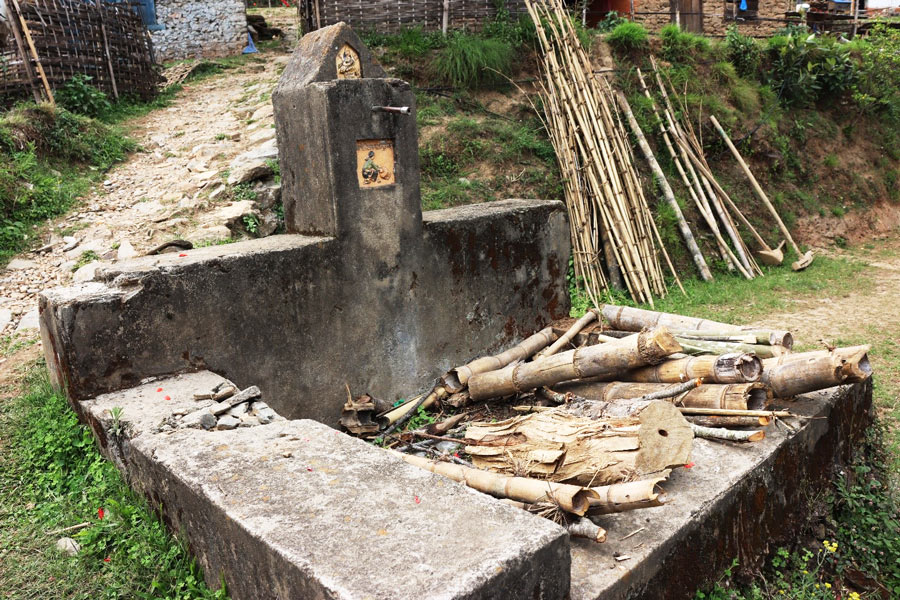
Since this pattern should not be repeated, here are some problem that will be addressed:
- Access to Clean Water: Around 6% of India’s population still lack access to safely managed drinking water. According to the JMP for Water Supply, Sanitation, and Hygiene, in 2019, 71 % of the population in India had access to basic sanitation facilities, while only 54 % had access to safely managed sanitation. In terms of access to clean drinking water, 87 % of the population had access to basic services, but only 44 % had access to safely managed drinking water5.
- Water Quality & Health Risks
- Slow Tech Adoption in Rural Areas
- High-end technologies (like smart purifiers or IoT systems) are rarely used in villages due to cost, complexity, and lack of awareness.
- However, mobile phone penetration is high — over 80% of rural households own a mobile phone (NSSO 2021).
- Water Wastage
- In many motorized pumps and common collection points, 38% of water is lost due to leaks, overflow, or mismanagement8.
- No proper monitoring is avaliable for communities to realize how much water is wasted.
Solution
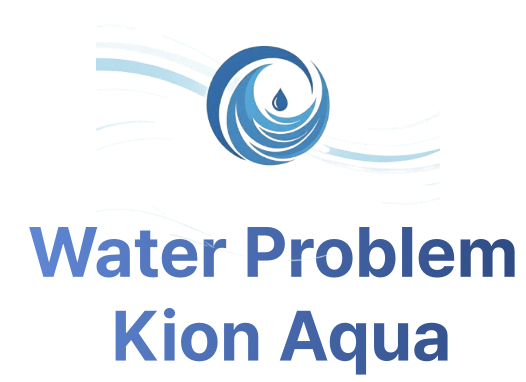
“Our proposed sensor + mobile phone system directly addresses the realities of rural India’s water challenge. This solution requires low financial investment, uses currently available resources, and fits seamlessly into existing daily habits.”
- Low Financial Burden: Expensive purifiers or high-end IoT systems are out of reach for most rural households. Our solution needs only a low-cost sensor device (shared in the community) and a free or low-cost app download on phones they already own.
- Accessible on Mobile Phones: Mobile penetration in rural India is high — over 80% of households already use phones. The app is lightweight, runs on basic smartphones, and uses familiar features like maps and notifications, so there’s no learning barrier.
- High Adaptability: People continue drawing water from the same pumps, wells, or tanks. The sensor is attached to the pipe or motorized pump, so villagers don’t need to learn a new system or change their routine.
- Community & Scalability: One sensor can serve many households, reducing costs per family. Available for scaling up to apartments, water tank systems, and truck-distributed water in urban areas.
Application Overview
1. User signing in securely with email account and personal information and usage agreement to access personalized water safety records.
2. In order to manually input the the informations, click “analyze” and follow step-by-step inputs
3. Firstly, upload a container image to measure the container volume and type
4. Secondly, choose the safe and closest water station to withdraw.
5. Thirdly, select the container storage location
6. Lastly, scan the surrounding environment and confirm the accuracy.
7. Then, Analysis Result can be found in the next page, showing Analysis Details, Container Risk, Location Risk, and Hygiene Management Risk
8. Caution notifications will be received once the water is not safe to drink
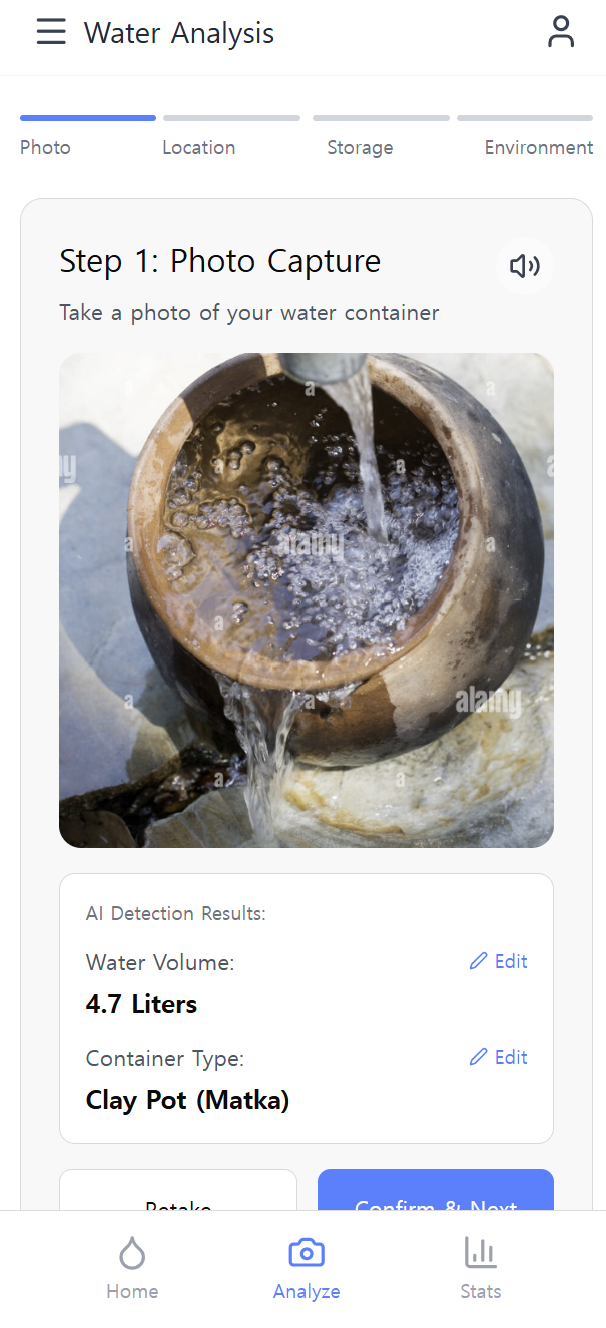
Detection Technology by Computer Vision9 using phone camera to make an object measurement
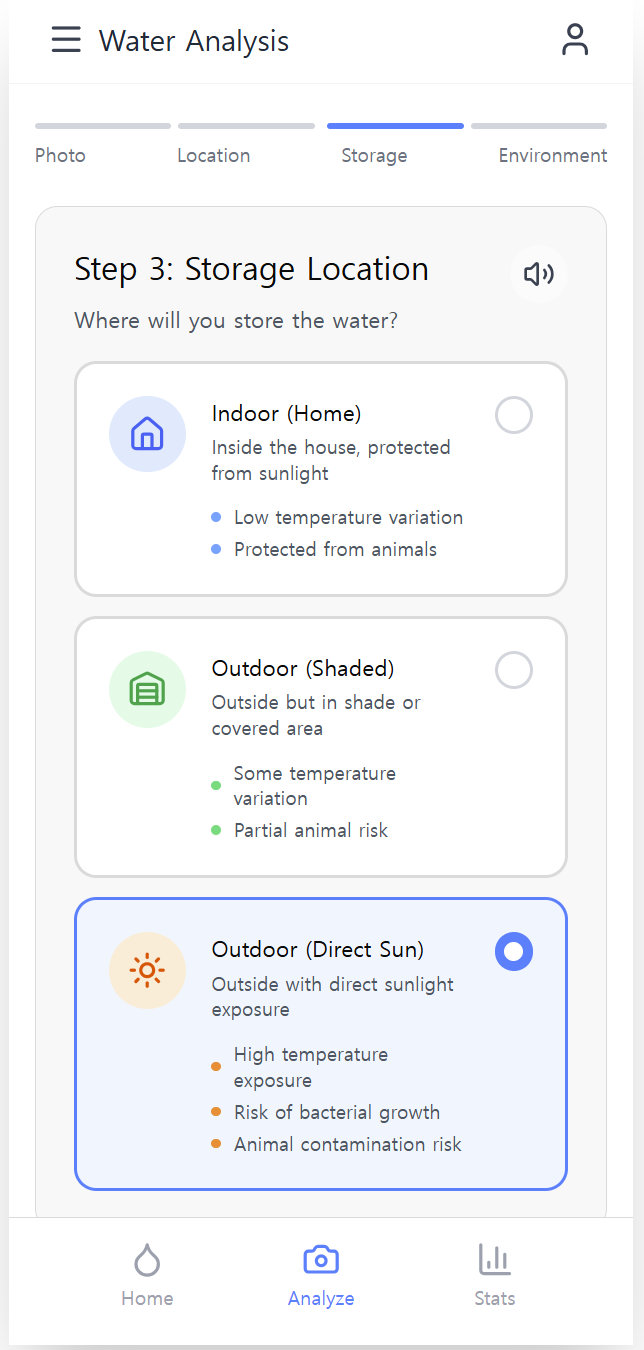
User Input the following information and app can confirm if uncertainty is detected
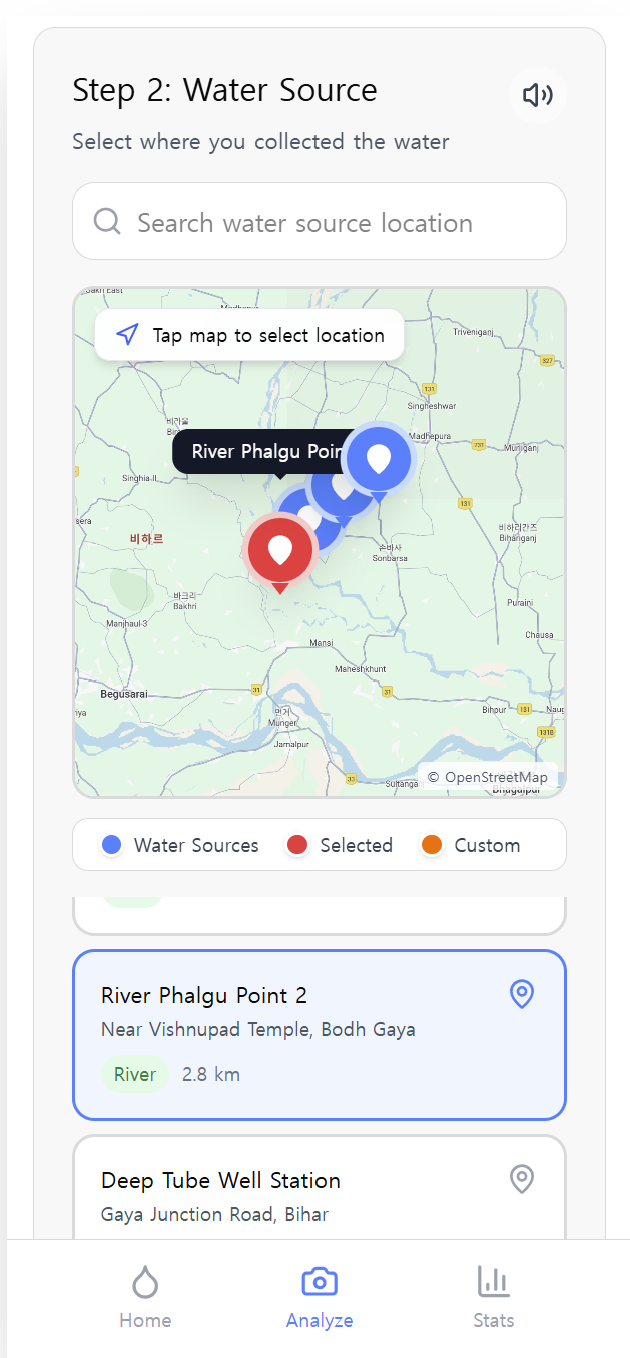
Water Withdrawal Station Recommendation based on user’s current location using GPS, WiFi, and Iot Sensors
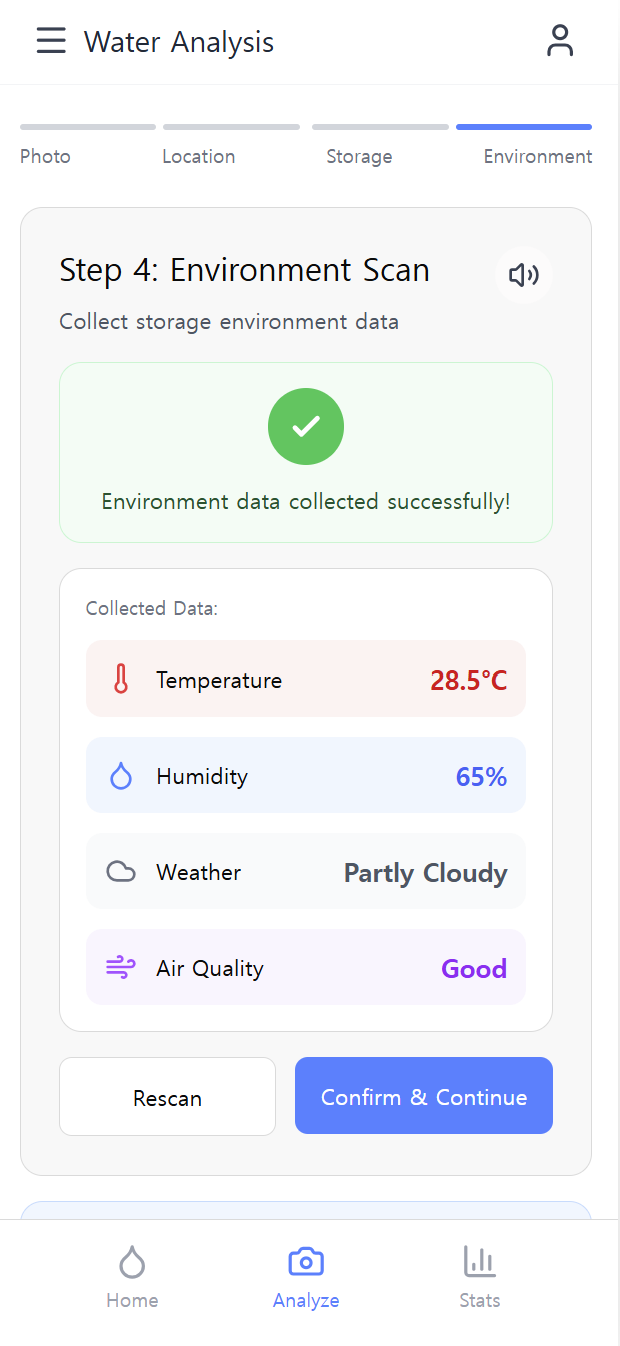
Location-based Weather Service API data is retrieved. Data retrieval is done real-time
Impact
SDG 6 – Clean Water and Sanitation
Helping in real-time monitoring to ensure water quality
6.1: “Achieve universal and equitable access to safe and affordable drinking water for all”
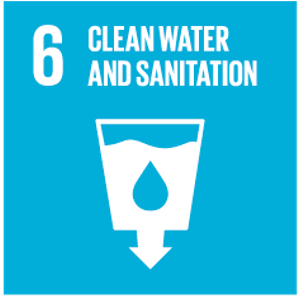
SDG 3 – Good Health and Well-Being
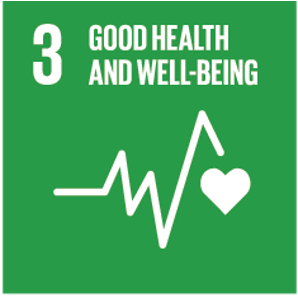
SDG 9 – Industry, Innovation, and Infrastructure
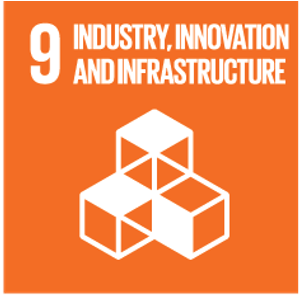
SDG 13 – Climate Action
Contribute by integrating environmental data for climate resilience and adaptation strategies
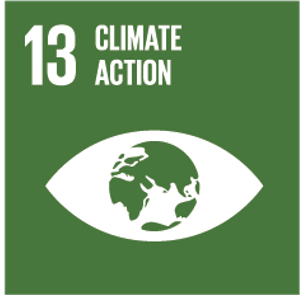
OUR MEMBERS

Dowoon Lee
Sanggeun Oh
Thio Johanna Aurelia
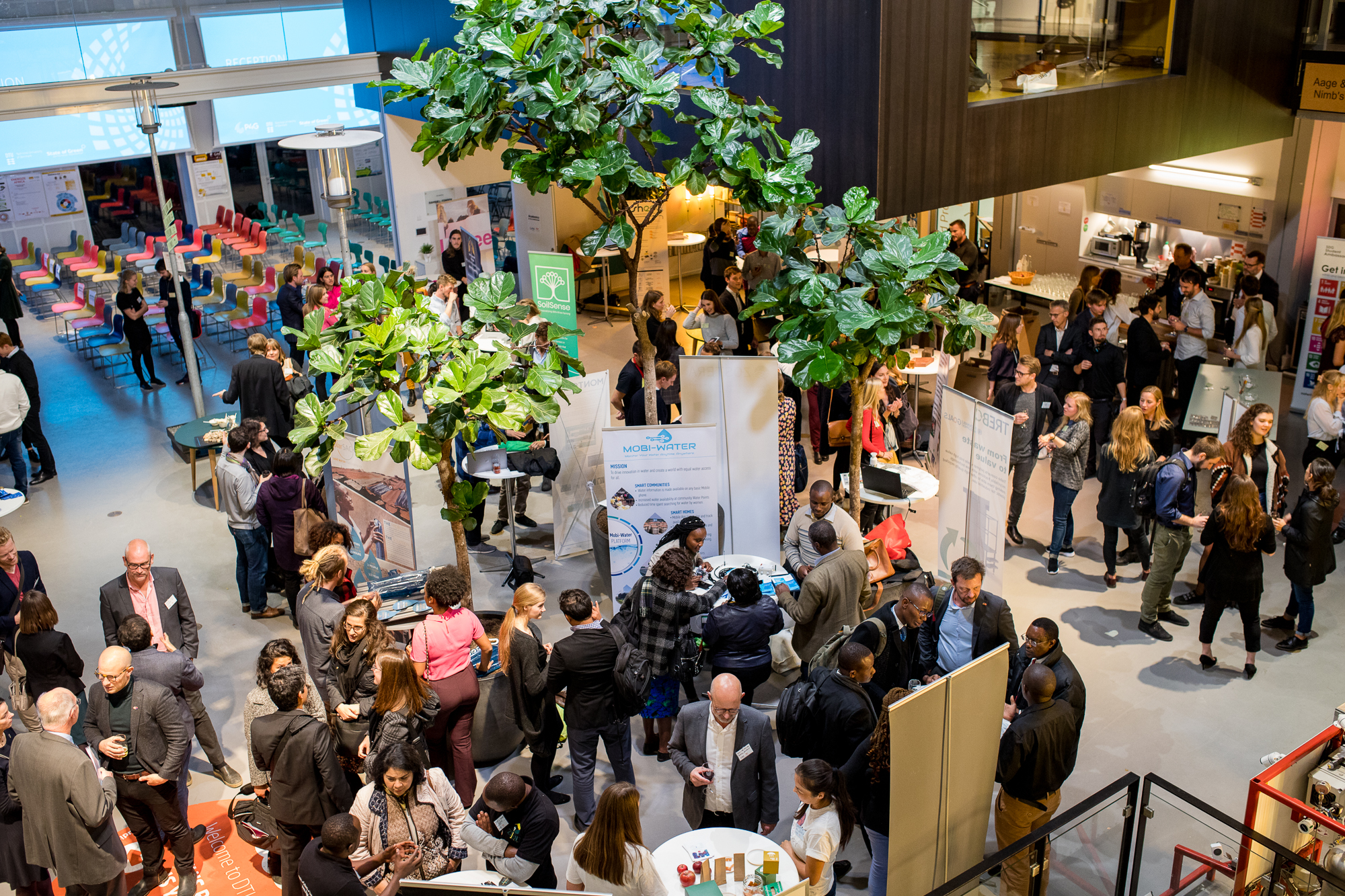
Thank You – 감사합니다
References
- https://saiindia.gov.in/en/audit-report?gt=50&page=17 ↩︎
- https://www.indiawaterportal.org/drinking-water/from-infrastructure-to-impact-securing-jal-jeevan-missions-future ↩︎
- https://cag.gov.in/en/old-audit-reports/view/13573 ↩︎
- https://share.google/7UuVoIITRwXM7u7Wt ↩︎
- https://www.sciencedirect.com/science/article/pii/S2405844024136778#bib29 ↩︎
- https://india.un.org/en/171844-health-water-and-sanitation ↩︎
- https://pmc.ncbi.nlm.nih.gov/articles/PMC9630485/#:~:text=Abstract,proper%20sanitation%20and%20hygiene%20practices. ↩︎
- https://niua.in/c-cube/sites/all/themes/zap/assets/pdf/WATER%20MGT/WM2-%20NRW.pdf ↩︎
- https://securade.ai/blog/technology/computer-vision-measure-object-size.html#:~:text=with%20Computer%20Vision-,Measuring%20Objects%20in%20Images%20with%20Computer%20Vision,techniques%20to%20detect%20both%20objects. ↩︎
